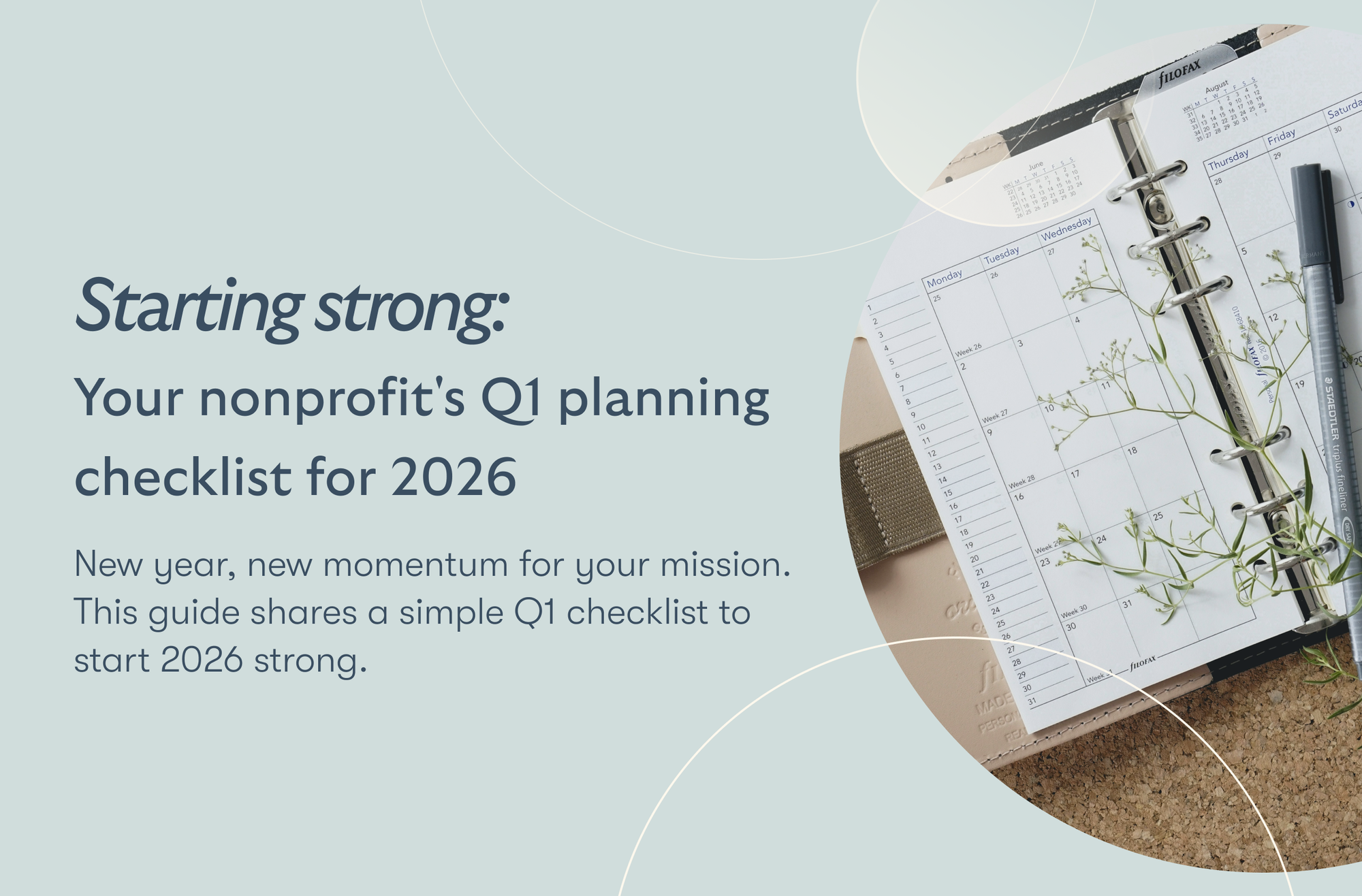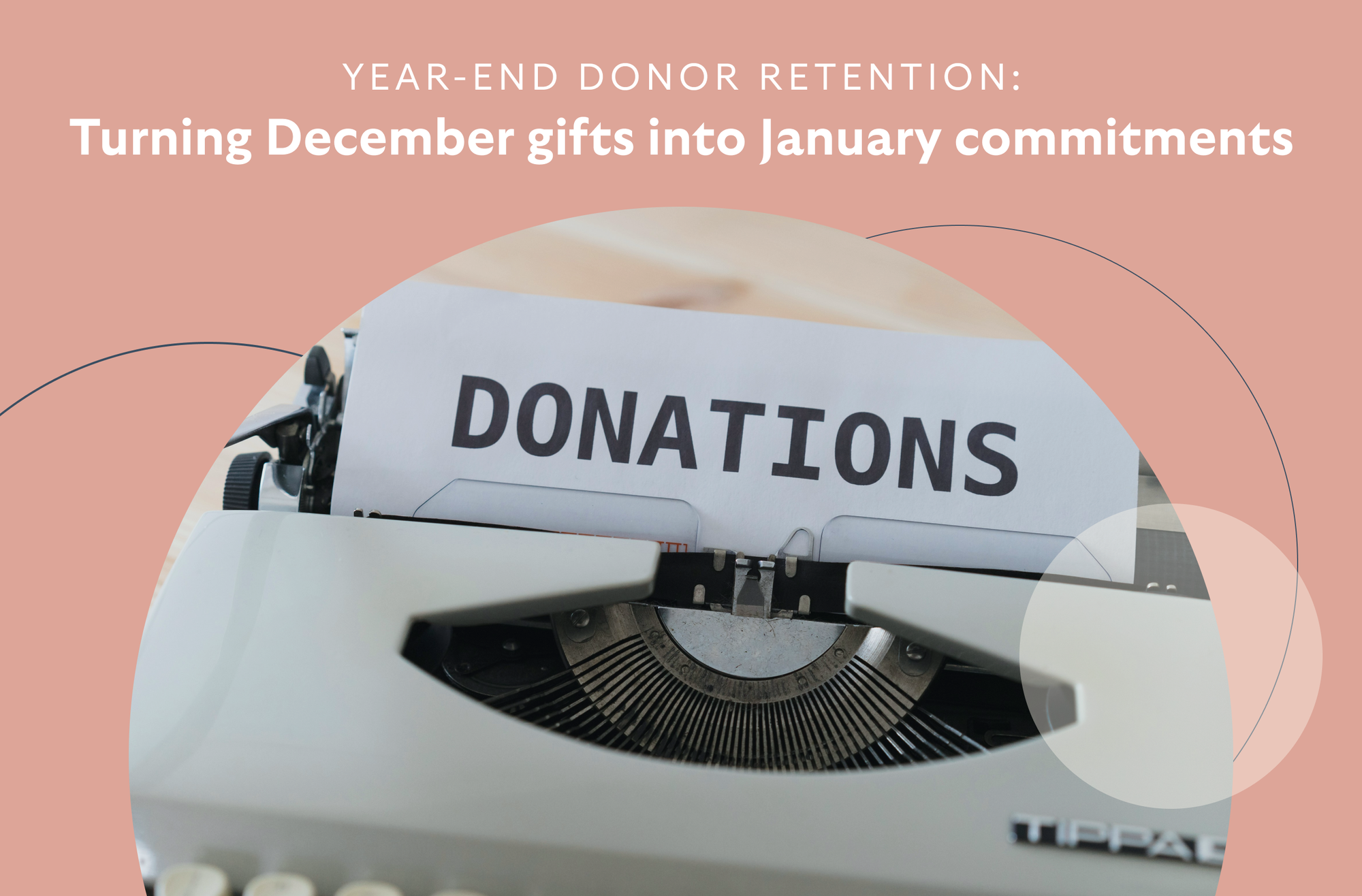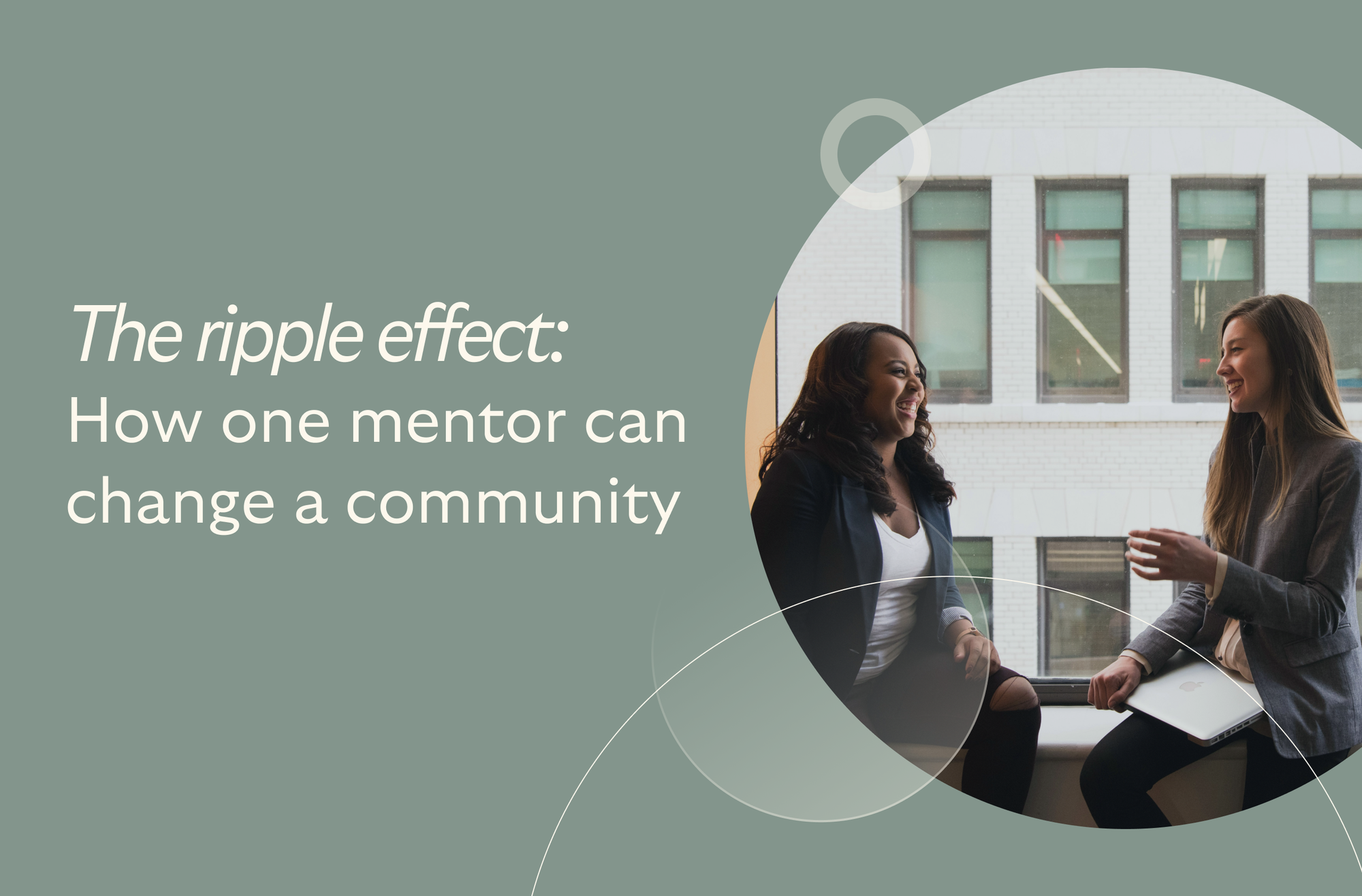Select and customize the fundraising method best suited for your organization
BetterWorld seamlessly integrates with both online and in-person auctions
Impress donors with creative raffle items and elegant online raffles
Create attractive donation pages that maximize donor impact and boost online giving
10 Pitfalls Of Nonprofits Newsletters and How To Avoid Them
By Whit Hunter
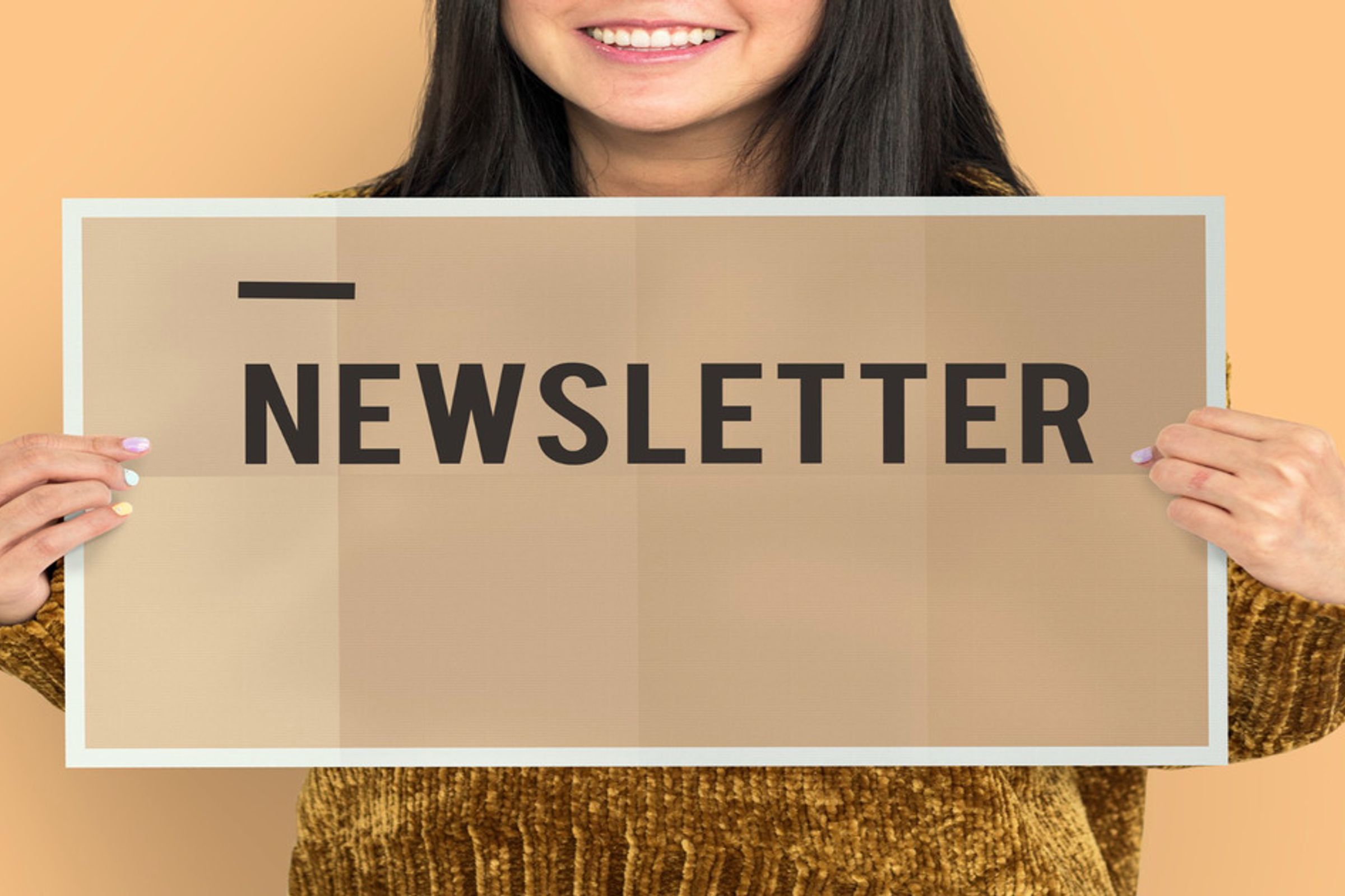
Nonprofits use newsletters to share their stories, get support, and connect with their community. But sometimes, they run into problems that make their newsletters less effective. In this guide, we'll look at ten common pitfalls of nonprofit newsletters and offer simple ways to avoid them.
We'll cover tips for making sure your message is clear, keeping your readers engaged, and getting your timing right. These tips will help you turn your newsletter into a powerful tool for your nonprofit.
1. Not Knowing Your Audience
A big mistake many nonprofit newsletters make is sending the same message to everyone. You need to understand that people are different. What interests one person might not interest another.
When you send the same newsletter to all your subscribers without thinking about what each person likes, you risk boring some of your readers or even making them feel like you don't understand them.
Solution: To avoid this, you need to get to know your readers better. You can do this by asking them directly through surveys or feedback forms.
These tools are like having a friendly chat with your readers. They can tell you what they enjoy, what they want to hear more about, and what doesn't interest them.
With this information, you can customize your newsletters to match your readers' interests better.
2. Overloading With Too Much Information
When there's too much information crammed into one newsletter, it can overwhelm readers. They might start reading but then give up because it feels like too much work to get through everything.
It also means they could miss out on important information because everything was thrown at them all at once.
Solution: To fix this, think of your newsletter like a highlight reel instead of a full game playback. Pick a few key messages or stories to share in each issue. It's like choosing the best parts of a movie to tell a friend about.
This way, you keep your readers interested without overwhelming them. They can easily understand the main points you're trying to make. Plus, it makes them more likely to look forward to your next newsletter because they know it won't be a chore to read.
3. Lack of Clear Call to Action
Imagine reading an interesting flier about a local bake sale but not knowing where or when it's happening. You'd be interested but lost, right?
That's what happens when a newsletter doesn't have a clear call to action. After reading all the great content, your readers might be thinking, "What's next?" or "How can I help?"
Without a clear direction, they're left unsure about how to engage further with your nonprofit, which means you could miss out on their support.
Solution: The key is to guide your readers on what to do next with a clear, easy-to-find call to action in each newsletter. It could be anything from "Click here to donate," "Sign up for our next event," to "Learn more about our work."
Make sure your call to action stands out and is simple to follow, so your readers know exactly how they can take the next step.
4. Ignoring the Power of Visuals
A newsletter that's just a wall of text can be boring and hard to get through. When you use too much text without breaking it up with images, you risk losing your readers' attention.
They might start skimming or even give up on reading altogether because it feels like too much work to get through the dense text.
Solution: To keep your readers engaged, mix in relevant photos or graphics with your text. They not only make your newsletter more attractive but also help to emphasize your key points.
For example, if you're talking about a recent event, include some photos from the day. Or, if you're explaining a complex idea, a simple infographic can help make it clearer. This way, your readers are more likely to stay interested and keep reading.
5. Not Being Consistent
If your favorite TV show aired at random times and in different styles every episode. You'd have a hard time keeping up. That's how readers feel when newsletters come irregularly or change formats too often.
If your newsletter doesn't have a regular schedule or keeps changing how it looks and feels, your readers may lose interest or forget about it altogether.
Solution: The key to avoiding this pitfall is sticking to a schedule and keeping a consistent format.
Decide whether you're sending out your newsletter once a month, once a week, or at another regular interval, and then stick to it. Similarly, try to keep the layout and style of your newsletter similar each time.
It doesn't mean every issue has to look exactly the same, but a consistent structure and design help readers know what to expect and where to find the information they're interested in.
Try BetterWorld’s robust suite of charity & nonprofit fundraising tools for FREE!
6. Ignoring Design
Have you ever tried to read something where every sentence was a different color or font? It's confusing and hard on the eyes.
When a newsletter uses a layout that's hard to follow, or mixes too many fonts and colors, it can make it difficult for readers to focus on the message. They might even give up on reading it because it feels like too much effort to figure out where one section ends and another begins.
Solution: To keep your readers happy and make sure your message is clear, choose a clean and simple design for your newsletter.
Stick to one or two fonts that are easy to read and use your organization's colors to add some personality without going overboard. Remember, It's about making their reading experience enjoyable, so they keep coming back for more.
7. Not Making It Personal
When a newsletter feels more like a formal report than a friendly update, it misses the mark. This happens when the content is too stiff or corporate, making readers feel distant from your nonprofit's work.
If your newsletter doesn't connect on a personal level, your readers might not see the real people and stories behind your organization's efforts.
Solution: To bridge this gap, fill your newsletters with a warm, friendly tone. Additionally, include stories or testimonials from individuals your organization has helped. It turns numbers and achievements into heartwarming narratives that resonate on a deeper level.
These personal accounts showcase the impact of your work in an effective way, allowing readers to see the difference their support makes.
8. Ignoring Mobile Users
Think about how often you use your phone to read emails or check out websites. Now, imagine trying to read something on your phone that just doesn't fit the screen right.
You have to zoom in and scroll sideways to read each line. Frustrating, isn't it? That's the problem when newsletters aren't designed with mobile users in mind.
If your newsletter is hard to read on a phone, many readers might give up and delete it before getting to the good stuff.
Solution: To make sure everyone can easily read your newsletter, no matter what device they're using, you need a responsive design. It means your newsletter will automatically adjust to fit the screen of a phone, tablet, or computer perfectly.
No more zooming and scrolling just to read a sentence!
9. Failing to Track Results
Sending out newsletters without knowing how effective they are is like walking in the dark without a flashlight.
If you don't track how many people open, read, or interact with your newsletter, you won't know if your message is reaching its audience or if there are areas that need improvement. Without this insight, you could continue making the same mistakes or miss the chance to increase your newsletter's impact.
Solution: To avoid this pitfall, use email marketing tools that provide detailed analytics. These tools can show you key metrics such as open rates, click-through rates, and engagement levels for each newsletter.
This data acts as a feedback mechanism, highlighting what's working well and what isn't. It's an easy way to refine your strategy and create more compelling content that drives engagement.
10. Not Updating Your Email List
Another pitfall of nonprofit newsletters is sending your newsletters to the same old email addresses without ever checking if they're still good. It is like sending mail to a house where no one lives anymore.
Over time, some email addresses become outdated because people change their emails or lose interest in your newsletters.
If you keep sending newsletters to these addresses, you're wasting effort and possibly hurting your email deliverability scores because of high bounce rates or unopened emails.
Solution: To make sure your newsletters are reaching people who are actually interested, you need to regularly clean up your email list. This means removing email addresses that never open your newsletters.
It keeps your email list fresh and engaged. By maintaining a clean and up-to-date email list, you ensure that your efforts are focused on readers who value your content.
Final Thoughts
Remember, the goal of your newsletter is not just to inform but to engage. It's about creating a space where your supporters feel part of your mission and are inspired to take action. By avoiding common mistakes and focusing on making your newsletter as relatable and engaging as possible, you're setting up a strong foundation for success.
As you move forward, keep your eyes open for ways to improve and adapt.
Your nonprofit's story is always evolving, and your newsletter should evolve with it. Stay true to your mission, listen to your audience, and never stop looking for ways to make your newsletter a key tool in your nonprofit's toolkit.
Join 105,000+ amazing nonprofits, organizations, and fundraisers on BetterWorld

Let our FREE fundraising tools help you raise more funds with less effort


